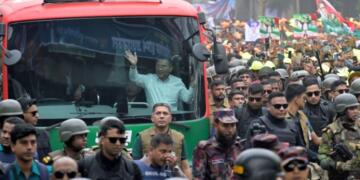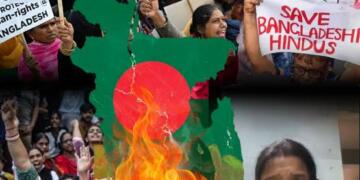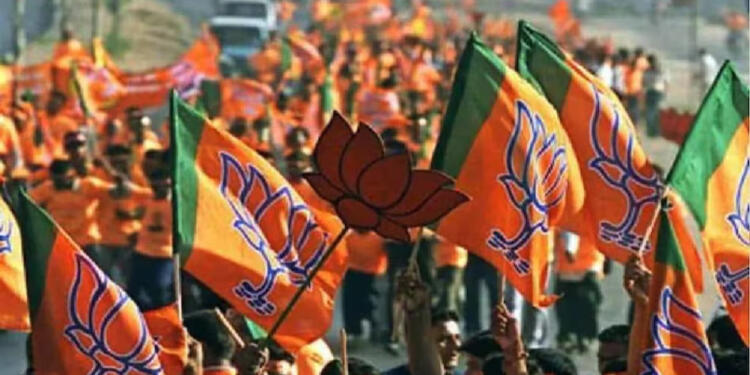In West Bengal, the Bharatiya Janata Party (BJP) has faced another setback. In the recently concluded by-elections, the BJP did not win any of the four assembly seats up for grabs. These four seats included three that the BJP had won in the 2021 assembly elections, but by-elections were required because the winning BJP candidates joined the Trinamool Congress (TMC). The fourth by-election was due to the death of a TMC legislator.
By-Election Results and Analysis
Ranaghat South
The Ranaghat South assembly constituency is part of the Ranaghat Lok Sabha seat, which the BJP’s Jagannath Sarkar won by a margin of 1.87 lakh votes in the 2024 Lok Sabha elections. Despite this, TMC’s Mukut Mani Adhikari defeated BJP’s Manoj Biswas by 39,000 votes in the by-election. Biswas was not a local resident, leading to disputes among local BJP workers, causing internal dissatisfaction and disagreement within the party.
Bagda Assembly Seat
The Bagda assembly constituency is part of the Bongaon Lok Sabha seat, which BJP’s Shantanu Thakur won by a margin of 73,000 votes. However, in the by-election, BJP’s Binay Biswas was defeated by TMC’s 25-year-old candidate Madhuporna Thakur. Similar to Ranaghat South, local BJP workers’ opposition to the candidate weakened the party’s performance.
Raiganj Assembly Seat
The Raiganj assembly constituency is part of the Raiganj Lok Sabha seat, which the BJP won in both 2019 and 2024. In the by-election, BJP’s candidate Manas Kumar Ghosh was defeated by TMC’s Krishna Kalyani by 50,000 votes. Ghosh’s selection also faced local workers’ dissatisfaction, further weakening the party’s performance.
Maniktala Assembly Seat
The Maniktala assembly constituency has been a TMC stronghold. In this by-election, TMC’s Supti Pandey defeated BJP’s Kalyan Chaubey by a large margin of 62,000 votes. The BJP’s vote share fell from 35.6% to 17.93%, indicating a clear decline in the party’s support.
Reasons for BJP’s Defeat
1. Internal Conflicts and Dissatisfaction
The increasing dissatisfaction and internal conflicts within the BJP weakened the party’s position. Ignoring local leaders and workers in the candidate selection process significantly affected the party’s performance.
2. TMC’s Strategy
The TMC ran a strong and organized campaign in support of its candidates. Mamata Banerjee personally intervened to unite all factions of the party, benefiting TMC candidates.
3. Weak BJP Strategy
The BJP’s campaign was weak and disorganized. The party lacked grassroots workers, and the leadership failed to boost the morale of its workers and supporters.
4. Losing Support from Matua Community
The BJP’s reliance on support from the Matua community proved harmful. The TMC successfully created doubts about the provisions of the Citizenship Amendment Act (CAA), which the BJP failed to counter effectively.
5. Entry of Corrupt and Dubious Elements
The inclusion of corrupt and dubious elements from the TMC damaged the BJP’s image. Additionally, the presence of ‘Trojan horses’ within the BJP further weakened the party from within.
Future Path
The BJP needs serious introspection at this time. The central leadership must completely reorganize the party unit in West Bengal. Without immediate effective steps, the BJP’s performance could worsen in the 2026 assembly elections.
The most crucial step for the BJP is to present a local, dedicated, and charismatic leader who can be a strong alternative to Mamata Banerjee. Additionally, the party must take concrete steps to boost the morale of its workers and supporters and bring them together.
The decline in the BJP’s position in West Bengal is not just a political defeat but a significant lesson that success can only be achieved through organized and dedicated efforts, not just power politics. If the BJP successfully resolves its internal conflicts and strengthens its organization, it can regain its lost ground in Bengal.































